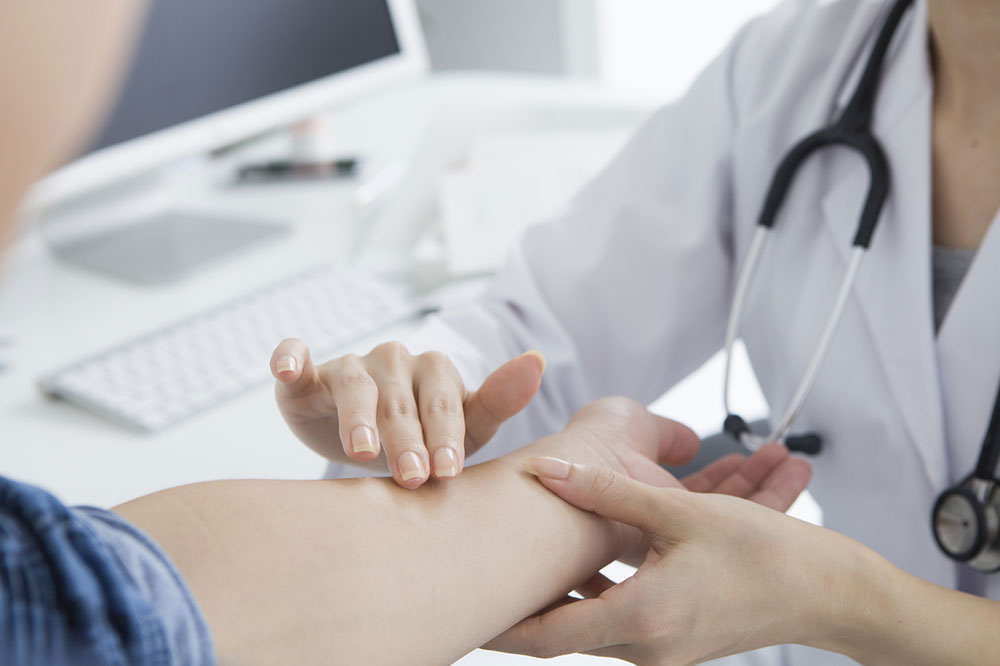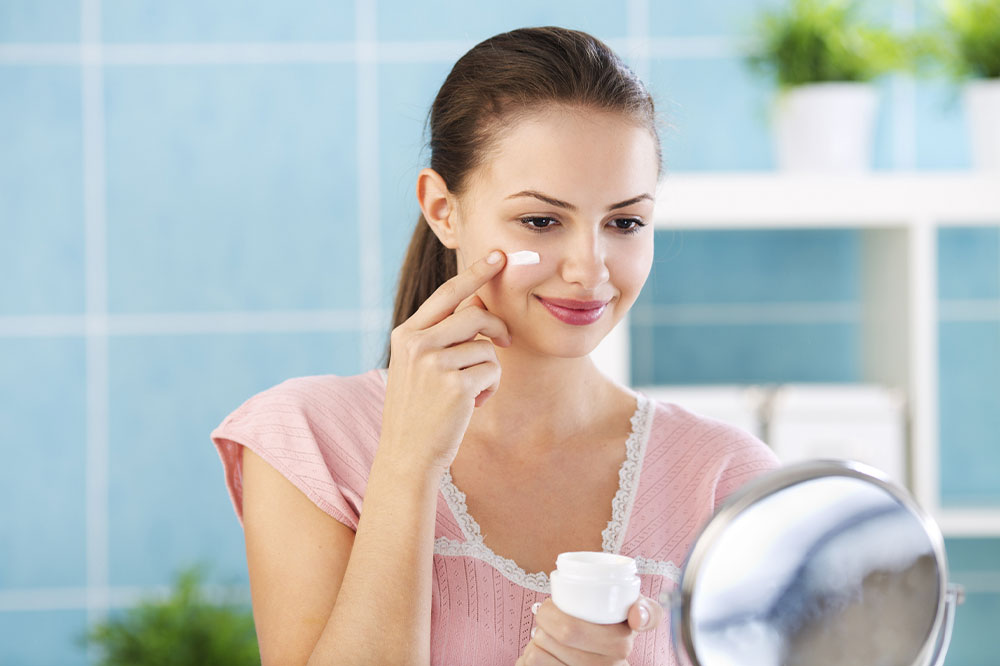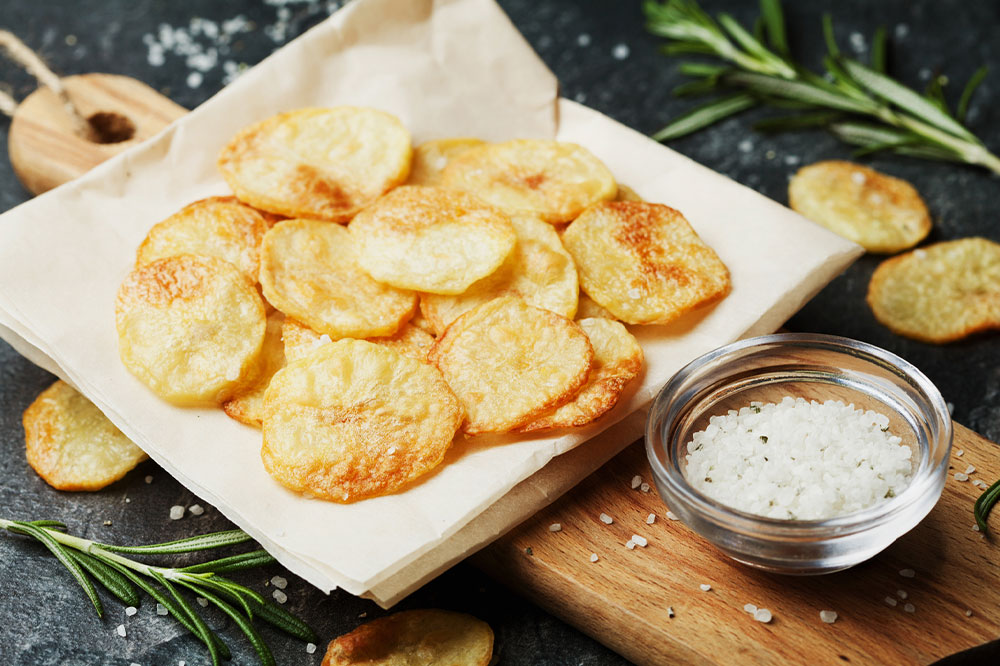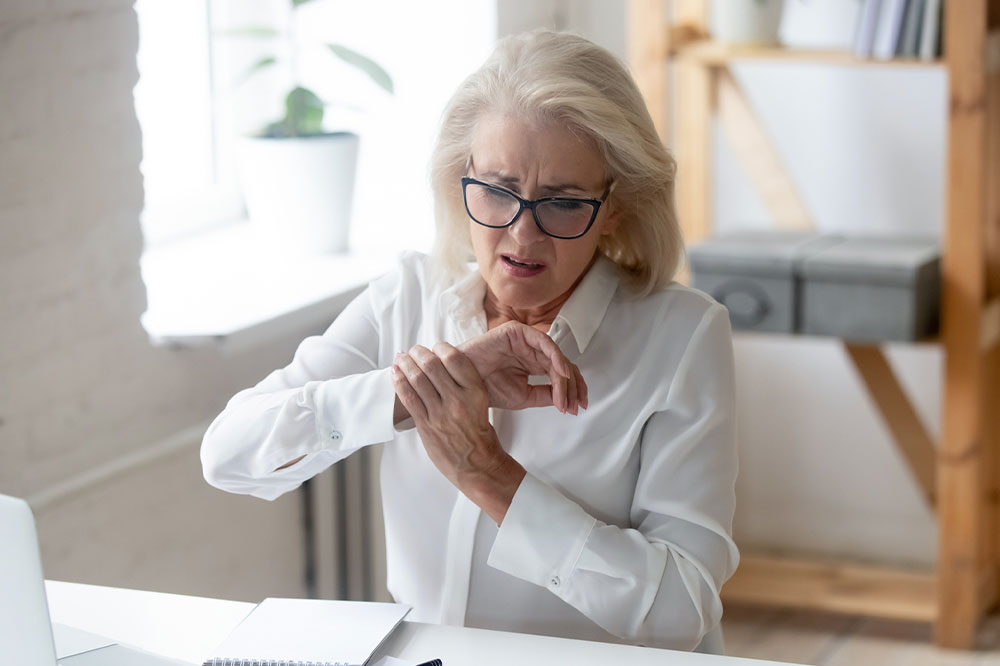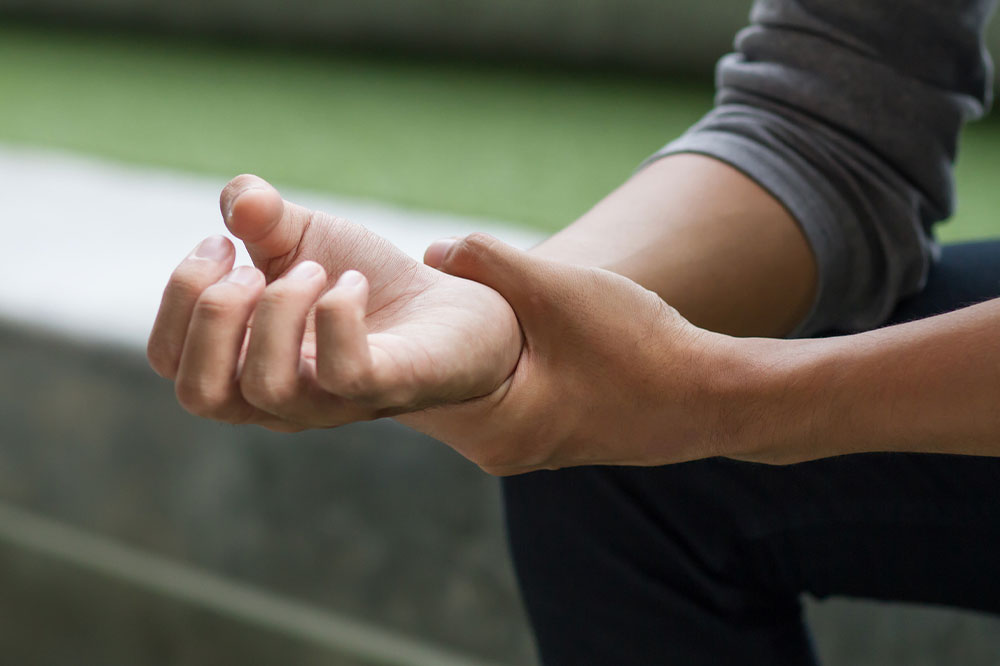9 steps to prevent pressure sores
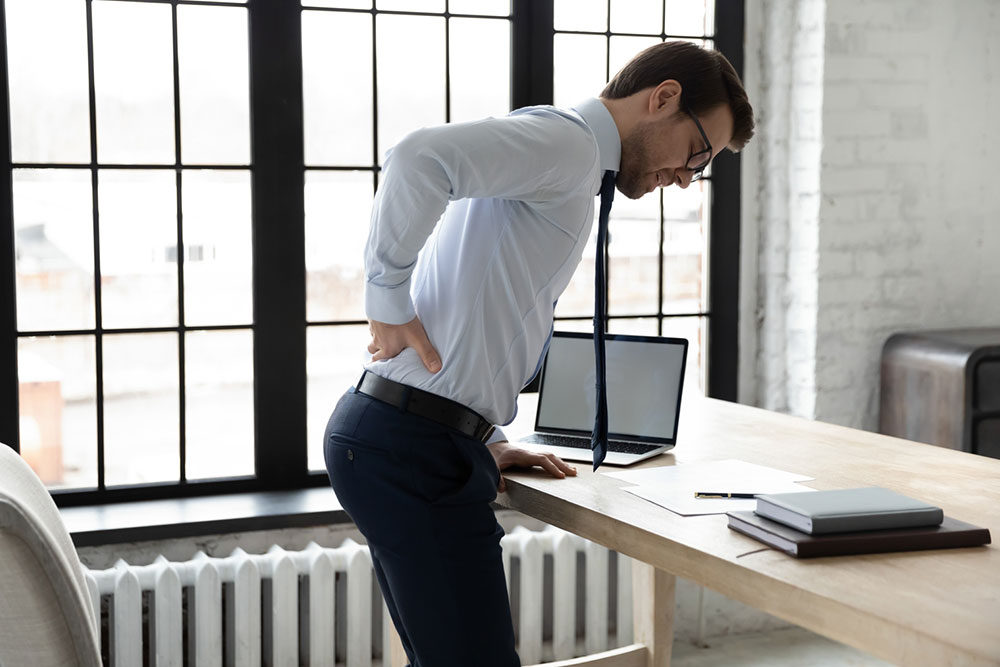
Pressure sores, also known as pressure ulcers or bedsores, are painful skin injuries that develop due to prolonged pressure on specific areas of the body. These injuries are often associated with those who have limited mobility and are bedridden or use wheelchairs. Pressure sores can cause discomfort, ranging from mild redness and irritation to severe wounds that penetrate deep into the skin and underlying tissue. Here are steps for preventing sores:
Reposition regularly
Frequently repositioning the body is essential for relieving pressure on vulnerable areas. While bedridden, it is important to change positions every 1 to 2 hours to reduce the pressure on areas like heels, hips, and tailbone. Proper positioning can help distribute the load evenly and prevent sores.
Use pressure-relieving tools
One should invest in pressure-relieving products, such as specialized mattresses, cushions, and overlays, and place them under bony areas to distribute pressure evenly and reduce the risk of sores. Additionally, hospital beds make it easy for the patient to turn over. One can buy hospital beds at home with some research.
Maintain skin hygiene
Keeping the skin clean and dry is important, as moisture can increase the risk of skin breakdown. Here, using gentle cleansers and patting the skin dry is better than rubbing it. One should also pay extra attention to skin folds and creases.
Manage incontinence
For those with incontinence issues, absorbent products like adult diapers or pads can help keep the skin dry, given that they are changed frequently. Barrier creams can also provide additional protection from rashes.
Monitor skin health
One should check the skin for any signs of redness, warmth, or discoloration, as these may be early signs of pressure sores.
Optimize nutrition
A balanced meal plan consisting of adequate protein and nutrient sources is essential for maintaining skin health and healing wounds. One can consult a doctor or a registered nutritionist for guidance here.
Stay hydrated
Proper hydration helps keep the skin healthy and supple, helping prevent pressure sores.
Reduce friction
Friction can speed up the development of pressure sores. Here, one can use satin or silk sheets or slide sheets to reduce friction when changing positions.
Ensure physical activity
If possible, engaging in gentle range-of-motion exercises can help improve blood circulation and muscle strength, reduce the risk of pressure sores, and maintain overall mobility.
Additionally, caregivers should be educated about sore prevention techniques and early signs of sores.

